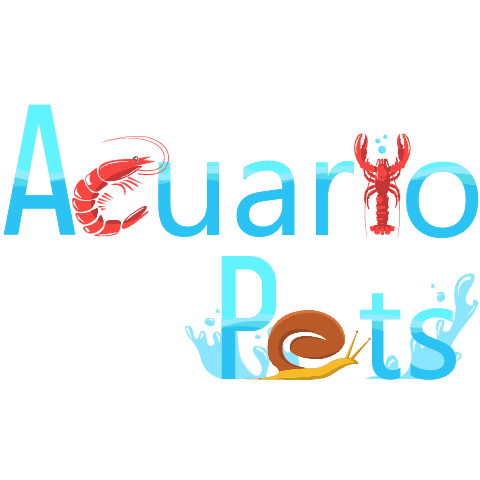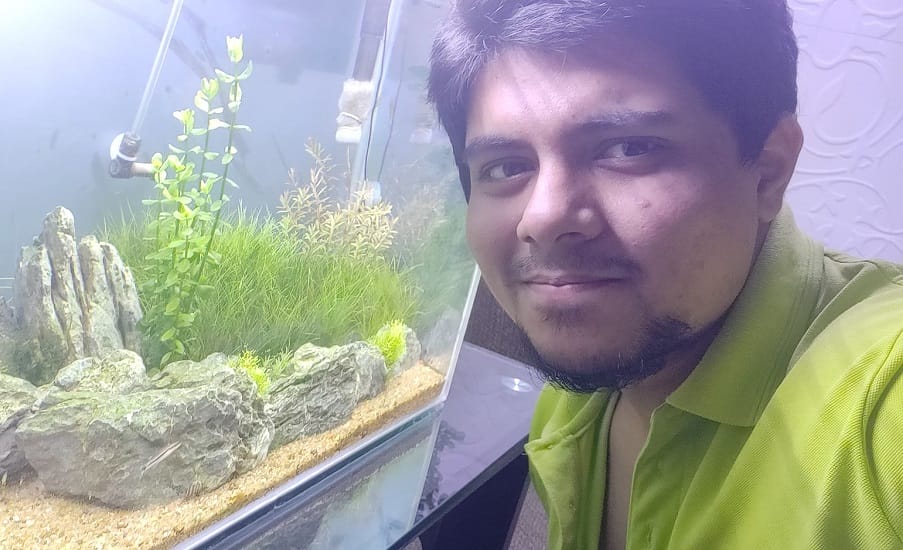This post was created with help from AI tools and carefully reviewed by a human (Muntaseer Rahman) . For more on how we use AI on this site, check out our Editorial Policy.
Check Out These FREE Tools We Made JUST For You!
Leopard Gecko Anatomy Made Simple (With Photos & Diagrams)

If you’ve ever wondered what’s going on inside your leopard gecko—or what all those little body parts actually do—you’re in the right place.
This guide breaks down leopard gecko anatomy in plain English, with clear photos and diagrams to help you understand both the outside and the inside of your gecko.
Whether you’re a new owner or just curious, this post makes it easy.

External Anatomy of a Leopard Gecko
Leopard geckos may look small and simple, but their bodies are full of helpful features once you know what to look for.
Here’s a quick breakdown of the parts you’ll see from the outside:
- Head: This includes the nostrils, mouth, eyes, eyelids, and the parietal eye (a small light-sensitive spot on top of the head). Right behind the eye, you’ll see a little hole—that’s the ear.
- Crown: The top of the head, between the eyes. This is often where shedding starts.
- Limbs & Feet: Leopard geckos have strong forelimbs and hind limbs for digging and walking. Each foot has tiny digits (toes) that help them grip surfaces.
- Skin: Their skin is dry and bumpy, which helps with moisture control. It also sheds regularly.
- Tail: That fat tail isn’t just for looks—it stores energy and water. If a gecko drops its tail, it means serious stress.
- Pre-anal Pores: Found in a line above the vent (mostly visible in males), these are part of their scent-marking system.
- Vent: This is where waste and reproductive material exit. It’s at the base of the tail, underneath.
Internal Anatomy Overview
Now let’s peek inside—don’t worry, no scalpel needed.
The internal diagram shows the major systems that keep a leopard gecko alive and well. You’ll see clearly labeled organs grouped by function: breathing, digestion, blood flow, reproduction, and waste removal.
While some gecko organs work like ours, others are totally different. For example, not all species have a urinary bladder, and their lungs are shaped differently too.
We’ll break it all down system by system so it actually makes sense. Keep that diagram nearby as we go.
Respiratory System
Leopard geckos breathe through their nostrils, but there’s more going on under the surface.
Air enters through the nostrils, travels down the trachea (a small windpipe), then splits into the primary bronchi—one for each lung. From there, it reaches the lungs, which are simple but effective.
Unlike mammals, geckos don’t have a diaphragm. They rely on body movements to push air in and out. That’s why you might see your gecko’s sides slowly expand and contract while resting.
If a gecko is wheezing or breathing with its mouth open, that’s a red flag. It might mean something’s wrong with this system.
Circulatory System
The heart is right behind the front limbs, near the center of the chest. It’s a small organ but does all the heavy lifting—pumping blood to every part of the body.
Leopard geckos have a three-chambered heart (two atria and one ventricle), unlike humans who have four. It’s not as efficient as ours, but it gets the job done.
Oxygen from the lungs enters the blood here, then travels around the body. Waste like carbon dioxide gets picked up and sent back to the lungs to be exhaled.
If your gecko gets cold, this system slows down. That’s why proper heat is so important—it keeps the blood flowing right.
Digestive System
Food enters through the mouth, travels down the oesophagus, and lands in the stomach, where digestion begins.
From there, it moves into the small intestines, where nutrients are absorbed. Then it passes into the colon, and finally out through the cloaca and vent.
Supporting all this is the liver, which helps break down fats and toxins, and the spleen, which supports immune function. Some diagrams also show the gallbladder, which stores bile.
If your gecko stops eating or has odd-looking poop, chances are something in this system is off.
Reproductive Organs
Leopard geckos have different reproductive setups depending on their sex, but both start with gonads—these are either testes (in males) or ovaries (in females).
From the gonads, tubes lead to the vas deferens in males or oviducts in females. These carry either sperm or eggs down toward the cloaca, the common exit point.
In males, you’ll also notice pre-anal pores just above the vent. They’re more visible and waxy. Males also have hemipenal bulges at the base of the tail—these store the two reproductive organs (hemipenes), but they stay hidden unless in use.
Females lack the bulges and have smaller or faint pores. If your gecko lays eggs, even without a mate, it’s 100% female.
Urinary System
This system handles waste that comes from the blood, not the food. The kidneys do most of the work, filtering out extra salts and toxins.
Instead of peeing like mammals, leopard geckos release urates—a white paste-like substance. You’ll usually see this next to their poop. It’s their version of concentrated urine, made to save water.
Some species have a urinary bladder, but many don’t. Waste goes from the kidneys through the ureters and into the cloaca, then out the vent.
If your gecko has trouble passing urates or looks swollen around the belly, this system might be struggling.
Why This Matters for Gecko Owners
Knowing your gecko’s anatomy isn’t just for fun—it actually helps you care for them better.
When you know where things are, it’s easier to spot when something’s off. Breathing issues? You’ll know it’s a respiratory problem. Swollen belly? You can guess if it’s digestion, eggs, or kidney-related.
It also helps when talking to a vet. You can give better info, and they’ll appreciate that you’ve done your homework.
Plus, setting up the right environment—like heating, hiding spots, and diet—gets easier when you understand how your gecko’s body works.
About Author
Hello, I’m Muntaseer Rahman, the owner of AcuarioPets.com. I’m passionate about aquarium pets like shrimps, snails, crabs, and crayfish. I’ve created this website to share my expertise and help you provide better care for these amazing pets.
Disclaimer
This site is owned and operated by Muntaseer Rahman. AcuarioPets.com is a participant in the Amazon Services LLC Associates Program, an affiliate advertising program designed to provide a means for sites to earn advertising fees by advertising and linking to Amazon.com. This site also participates in other affiliate programs and is compensated for referring traffic and business to these companies.

